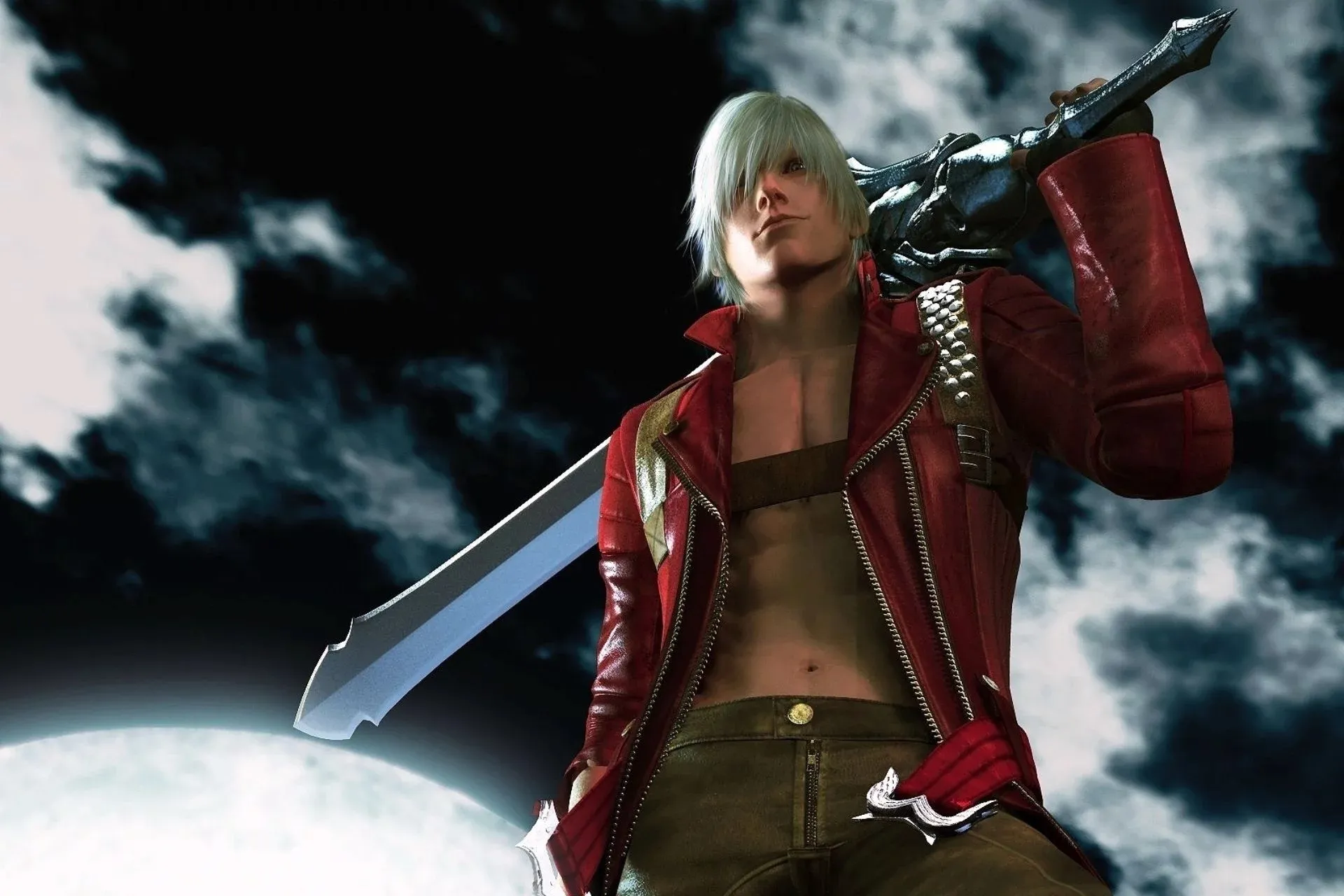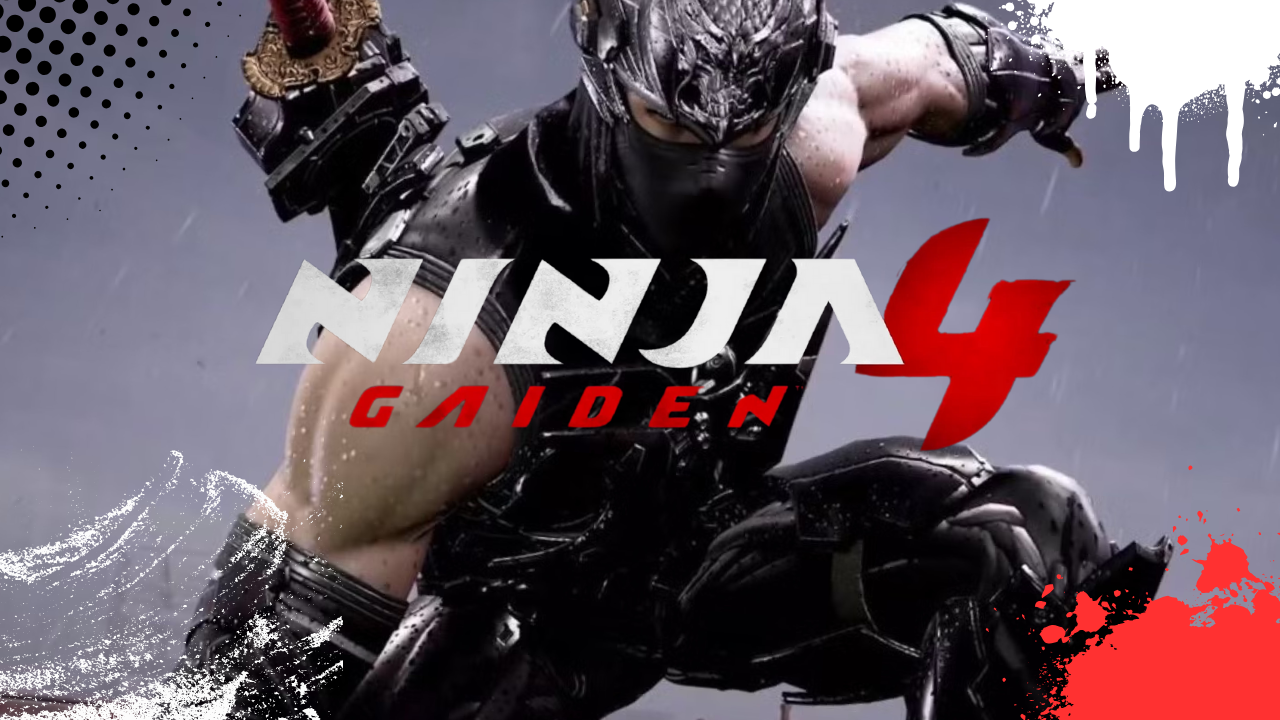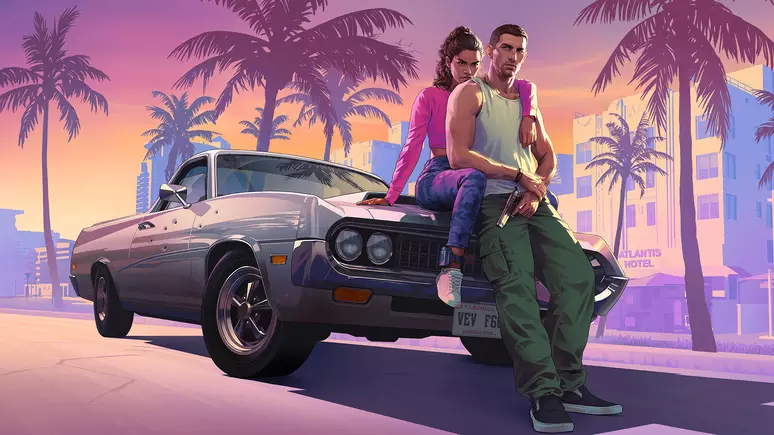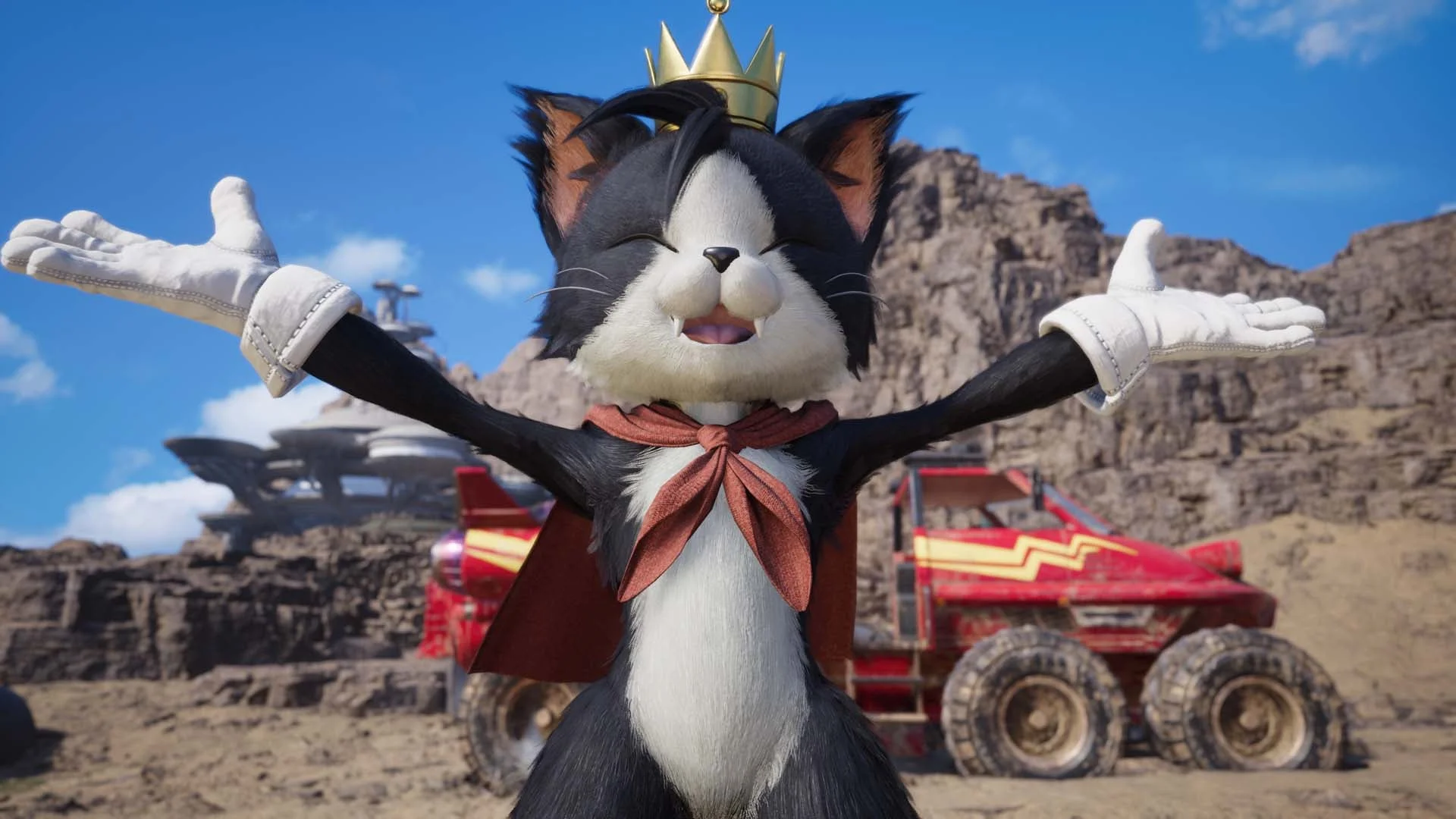Few video game franchises have left as indelible a mark on the industry as Devil May Cry. Known for its high-octane, stylish combat, challenging difficulty, and memorable characters, Devil May Cry redefined the action genre and inspired a wave of similar games that followed. Developed by Capcom, the series has been a fan-favorite since its debut in 2001, with each installment pushing the boundaries of fast-paced, hack-and-slash gameplay. This article will explore the Devil May Cry series’ impact on the video game industry, providing an overview of each game and discussing how the franchise has influenced both developers and gamers alike.
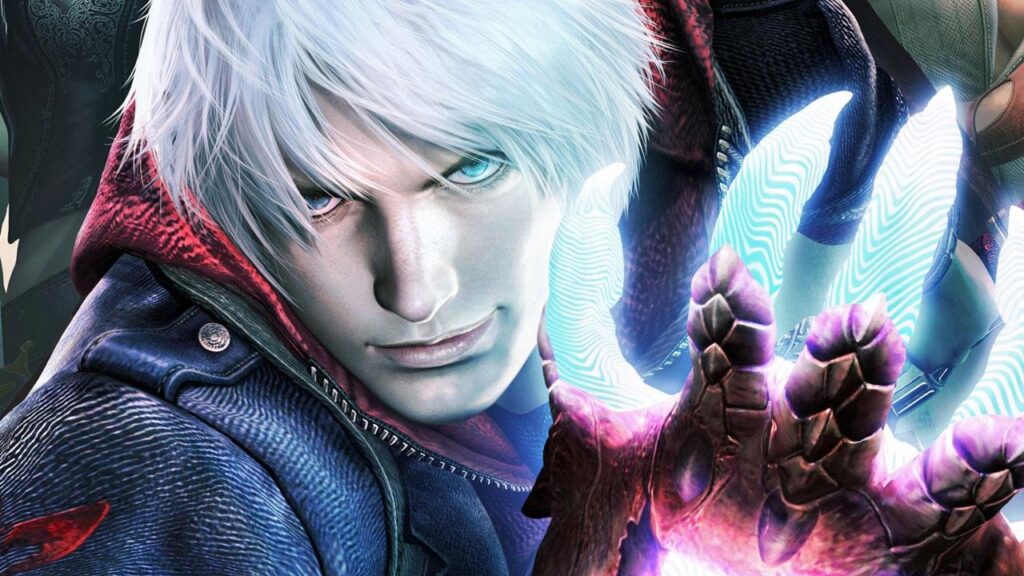
The origins of Devil May Cry trace back to the early development stages of Resident Evil 4. Originally intended to be a part of the Resident Evil series, the game’s fast-paced, action-oriented combat style diverged from the slower, more methodical horror elements that defined Resident Evil. Recognizing that they had something entirely new on their hands, Capcom decided to develop Devil May Cry as its own franchise. This was a pivotal moment in gaming, as the game’s unique style of combat, intricate combos, and over-the-top action sequences introduced a new subgenre: the “stylish action game.”
The game’s title refers to protagonist Dante’s demon-hunting business, and the narrative centers around his quest to defeat powerful demonic forces threatening humanity. From its very first game, Devil May Cry cemented itself as a quintessential action title with a gripping narrative and intense combat mechanics.
Devil May Cry (2001)
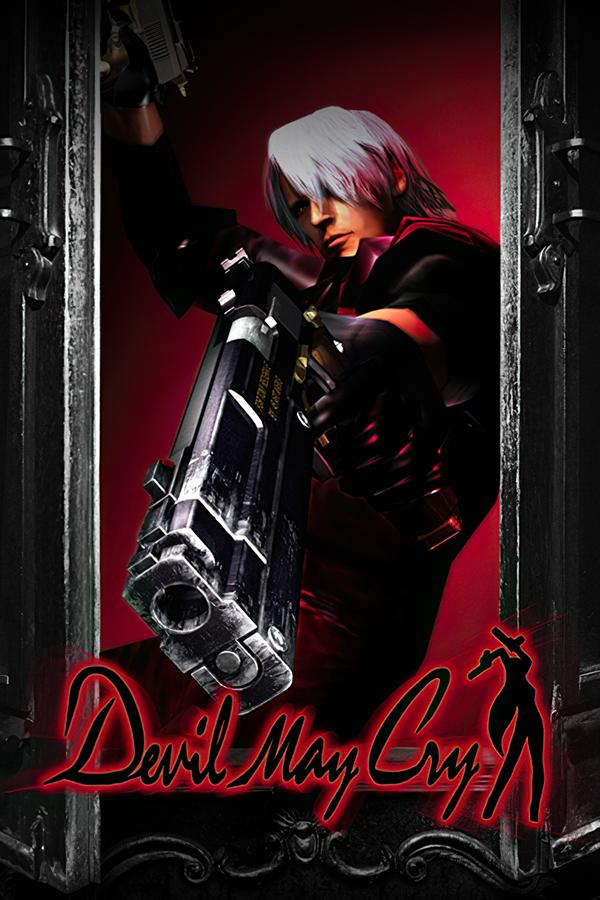
The original Devil May Cry was released in 2001 for the PlayStation 2, setting the foundation for what would become one of Capcom’s most beloved franchises. Directed by Hideki Kamiya, the game introduced players to Dante, a half-demon, half-human with a mysterious past and a thirst for vengeance. Dante’s mission throughout the game is to stop the resurrection of the demon emperor Mundus, who had killed his family.
What made the game stand out was its combat system, which focused on combining melee and ranged attacks to create seamless combos. Players were rewarded with style points based on how creatively and fluidly they dispatched enemies. This emphasis on “style” became a hallmark of the series, pushing players to master combat mechanics in order to achieve higher rankings at the end of each mission.
The game’s gothic aesthetic, coupled with a haunting soundtrack, added to its atmospheric appeal. Devil May Cry was a resounding success, selling millions of copies and becoming a cornerstone for Capcom. The game set a new standard for action games and influenced countless titles that followed, including the Ninja Gaiden reboot and Bayonetta.
Devil May Cry 2 (2003)
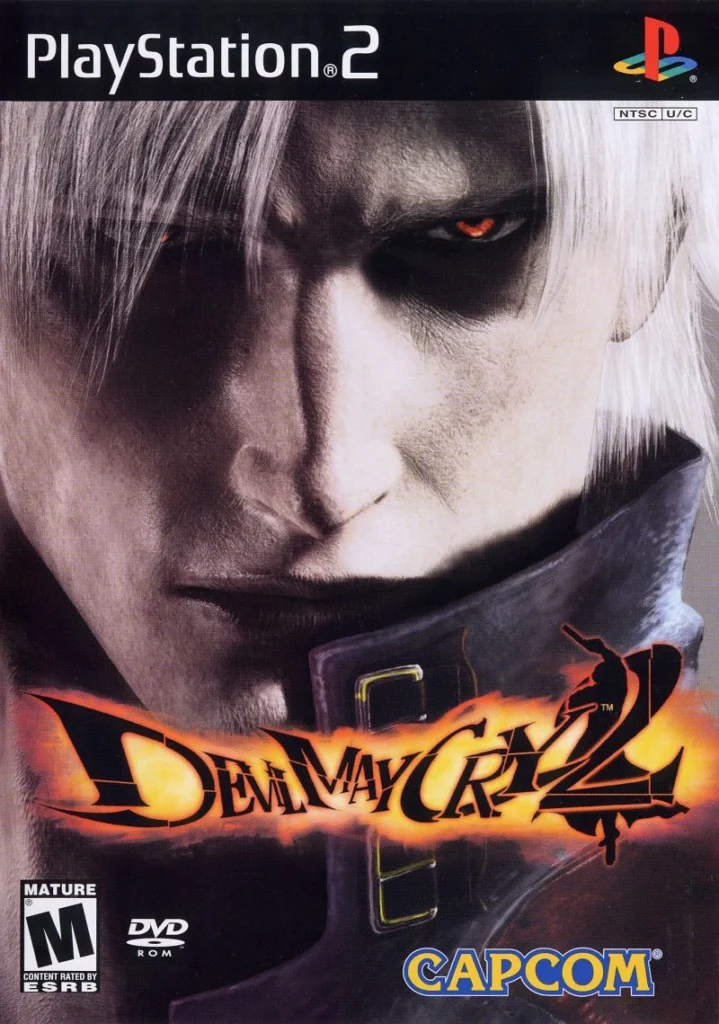
Devil May Cry 2, released in 2003, is often considered the weakest entry in the series. Directed by Hideaki Itsuno after Kamiya left the project, the game received criticism for its lackluster story and watered-down combat mechanics. The plot followed Dante and a new character, Lucia, as they attempt to prevent an evil businessman from unleashing demonic forces.
While Devil May Cry 2 introduced the ability to switch between two characters and added new moves like wall-running and dodging, it failed to capture the intensity and depth of its predecessor. The combat was simplified, and Dante’s personality was stripped of much of the cocky charm that made him an iconic character. Despite its shortcomings, the game’s core mechanics were still solid, and it served as a stepping stone for future entries.
Devil May Cry 3: Dante’s Awakening (2005)
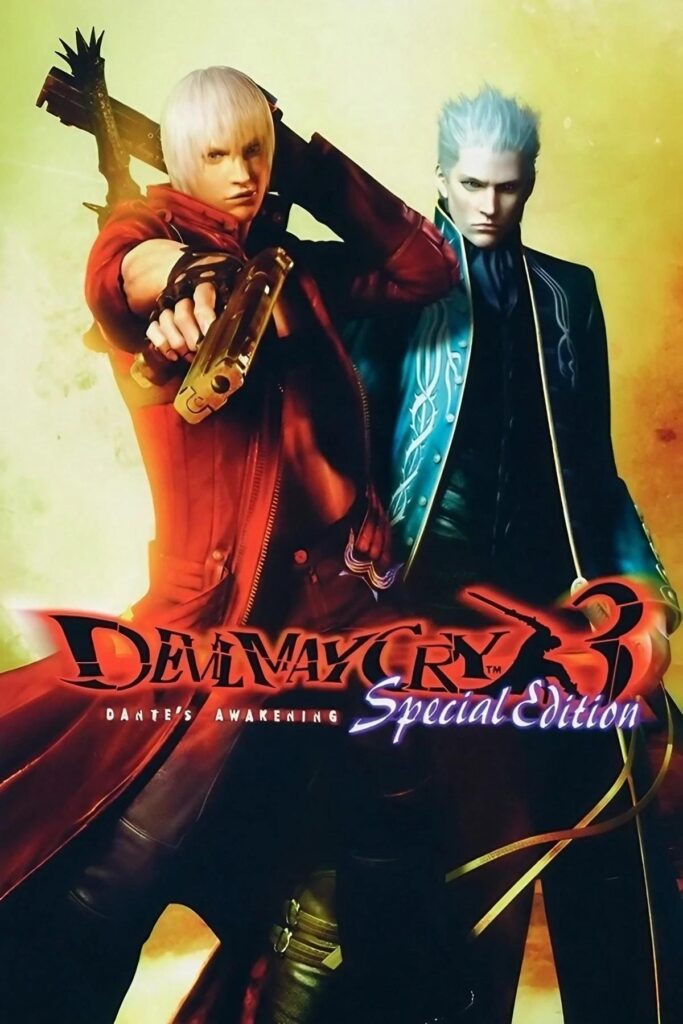
Devil May Cry 3: Dante’s Awakening was released in 2005, and it served as a prequel to the original game, exploring Dante’s early days as a demon hunter. Directed again by Hideaki Itsuno, the game was a return to form, receiving widespread acclaim for its improved combat mechanics, challenging difficulty, and engaging story.
In Dante’s Awakening, players are introduced to Dante’s twin brother, Vergil, who serves as the game’s primary antagonist. The story revolves around their sibling rivalry and the struggle to obtain the power of their demonic father, Sparda. Vergil’s inclusion added emotional depth to the narrative and set up one of the most iconic rivalries in video game history.
One of the game’s standout features was the introduction of multiple combat styles, such as Swordmaster, Gunslinger, Trickster, and Royal Guard. Each style offered different abilities and strategies, allowing players to tailor their combat approach to their liking. Devil May Cry 3 also boasted a punishing difficulty level, which became a point of pride for players who managed to master the game.
Overall, Devil May Cry 3 is considered one of the best action games of all time, and it revitalized the franchise after the lukewarm reception of Devil May Cry 2. It also solidified Dante as one of gaming’s most iconic characters.
Devil May Cry 4 (2008)
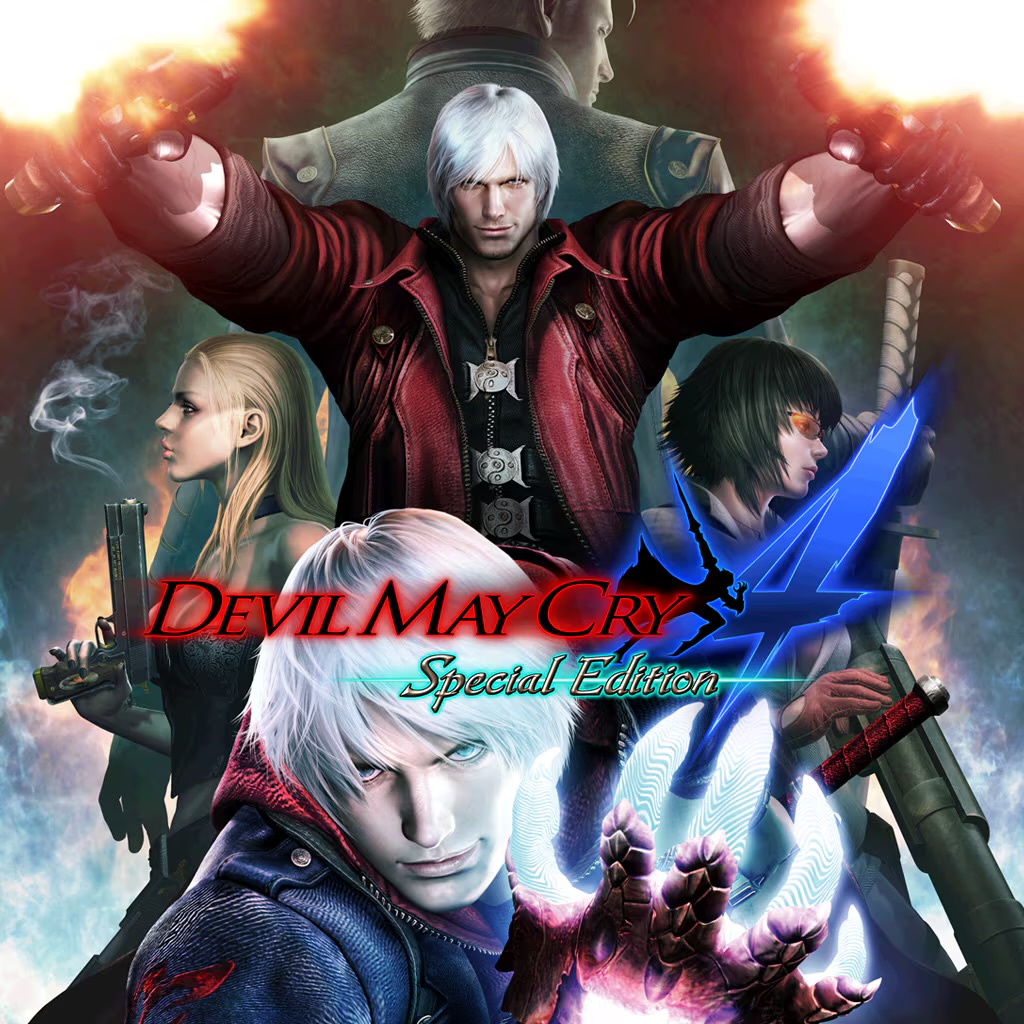
Released in 2008 for the PlayStation 3, Xbox 360, and PC, Devil May Cry 4 introduced a new protagonist, Nero, who quickly became a fan favorite. Nero is a young demon hunter with a mysterious connection to Dante, and much of the game revolves around his journey to uncover the truth about his powers.
While Dante is still a playable character in Devil May Cry 4, Nero’s unique combat abilities, particularly his Devil Bringer arm, added a new dimension to the gameplay. The Devil Bringer allowed Nero to grapple enemies, perform devastating close-range attacks, and manipulate the environment in creative ways.
Devil May Cry 4 maintained the stylish combat of its predecessors while introducing new gameplay elements that kept the series fresh. The game was praised for its visuals, level design, and fast-paced action, though some criticized its backtracking and reuse of environments. Nevertheless, Devil May Cry 4 was another hit for Capcom, and it further cemented the series’ place as one of the greatest in the action genre.
DmC: Devil May Cry (2013)
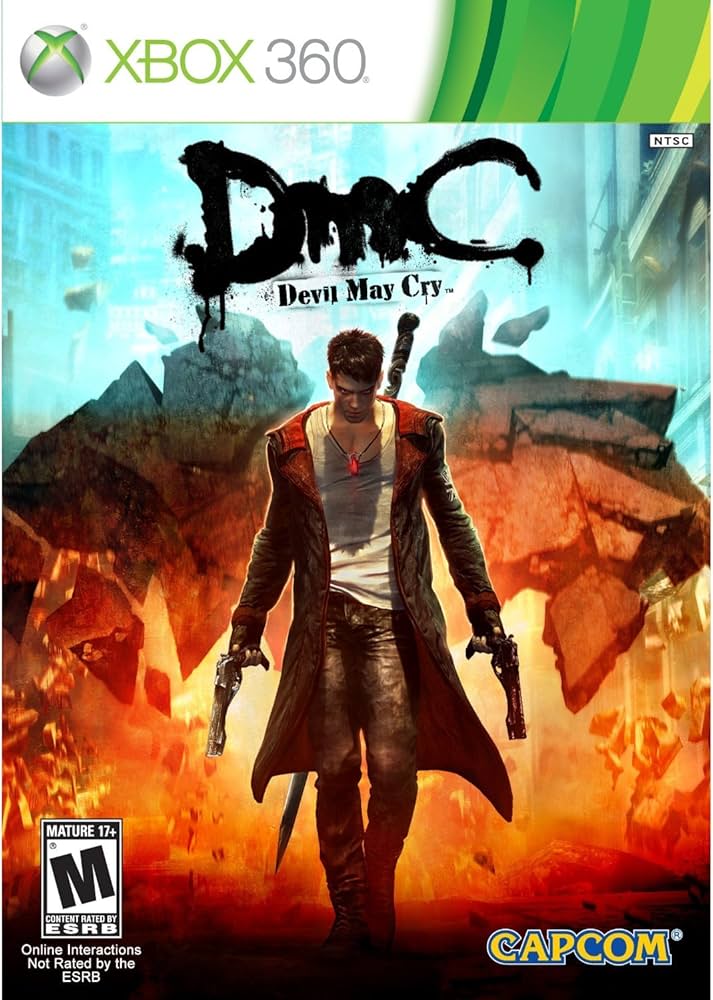
In 2013, Capcom took a bold step by rebooting the franchise with DmC: Devil May Cry, developed by Ninja Theory. The game reimagined Dante’s origin story, offering a more modern and edgy take on the character and world. While the game received some backlash from longtime fans due to the changes in character design and tone, it was praised by critics for its fluid combat, engaging level design, and strong narrative.
The game’s combat mechanics were a mix of old and new, incorporating the series’ signature stylish combat with new features such as the ability to switch between angelic and demonic weapons on the fly. The reboot also introduced environmental platforming segments, adding variety to the gameplay.
Although DmC did not achieve the same level of commercial success as its predecessors, it was an important entry that brought new fans to the franchise and kept the series alive during a period of uncertainty.
Devil May Cry 5 (2019)
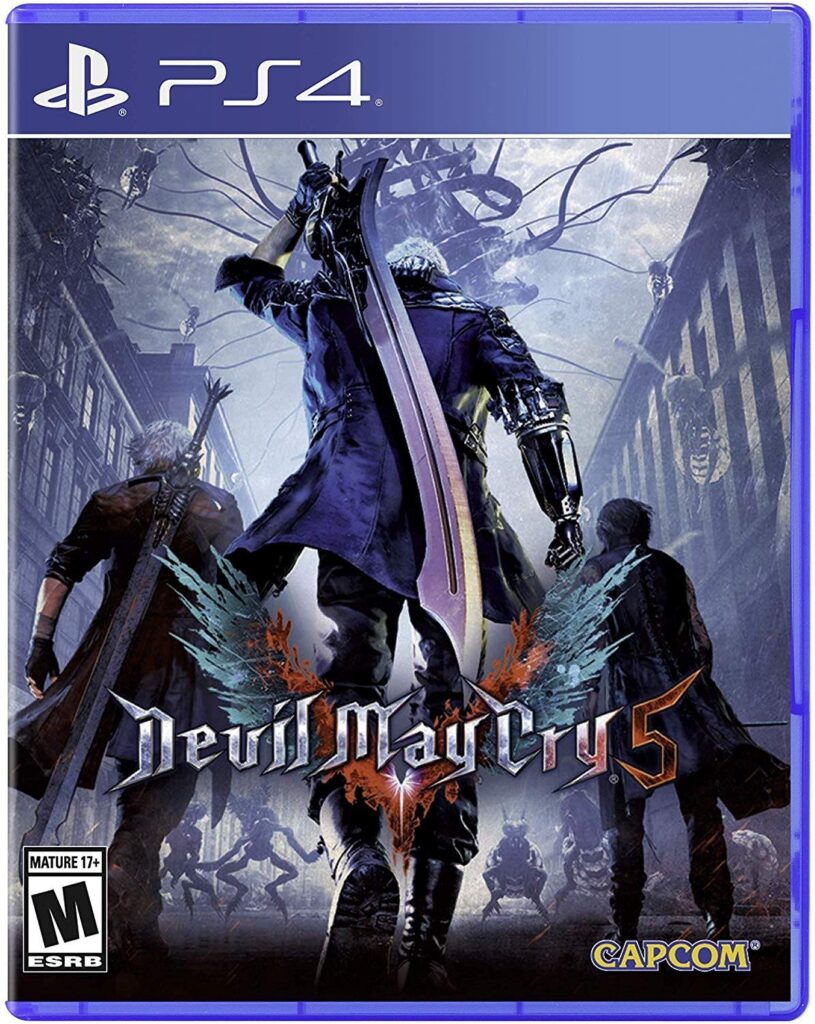
Devil May Cry 5, released in 2019, marked the triumphant return of the original series. Directed by Hideaki Itsuno, the game was set years after the events of Devil May Cry 4 and followed three playable characters: Dante, Nero, and a mysterious new character named V.
The game was celebrated for its stunning visuals, courtesy of Capcom’s RE Engine, and its return to the series’ classic combat mechanics. Nero’s Devil Bringer arm was replaced with the Devil Breaker, a series of interchangeable prosthetic arms that offered unique combat abilities. Meanwhile, Dante retained his iconic fighting styles, and V brought a fresh twist to the gameplay with his ability to summon demonic familiars to fight for him.
Devil May Cry 5 was a commercial and critical success, praised for its smooth combat, engaging story, and satisfying conclusion to the overarching narrative. The game revitalized the franchise once again and introduced a new generation of players to the world of Devil May Cry.
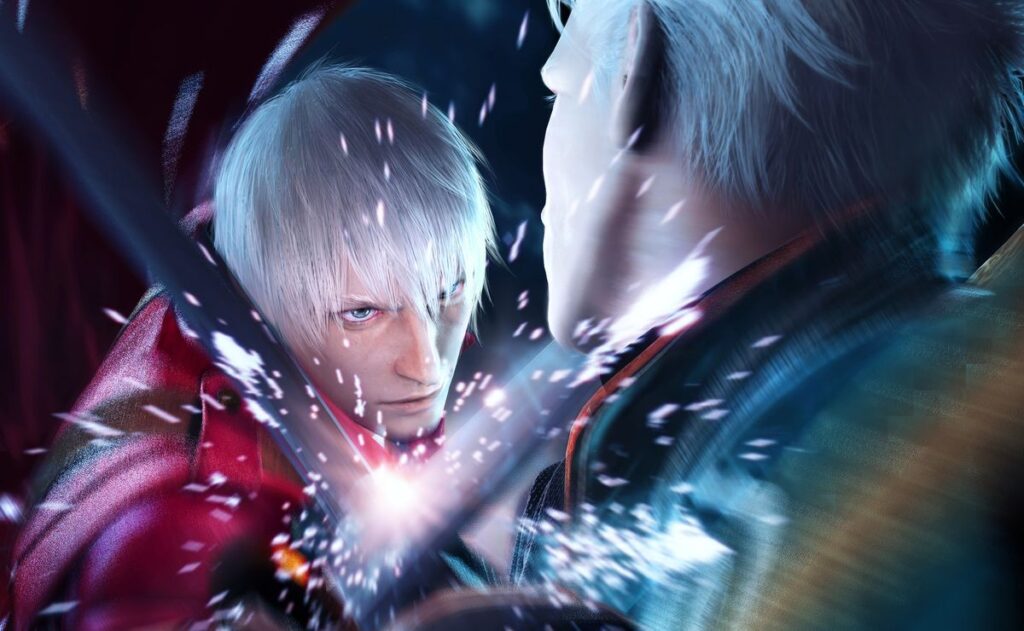
The Devil May Cry series has had a profound influence on the action genre, particularly with its emphasis on stylish, fast-paced combat. The franchise introduced a new standard for combo-based gameplay, rewarding players for their creativity and skill rather than simply defeating enemies. This focus on style and fluidity has inspired many other games, including titles like Bayonetta, God of War, and Metal Gear Rising: Revengeance.
In addition to influencing game mechanics, Devil May Cry also set a high bar for character design, narrative, and world-building. Dante, with his cocky attitude and iconic red trench coat, became a beloved figure in gaming, and the gothic, demonic aesthetic of the series helped shape the visual style of many action games that followed.
Moreover, Devil May Cry popularized the concept of replayability in action games. The ranking system, which grades players based on their combat performance, encourages multiple playthroughs and challenges players to continually improve their skills. This emphasis on mastery has become a staple of the genre.
The Devil May Cry franchise has left an indelible mark on the video game industry, from its groundbreaking combat mechanics to its iconic characters and memorable storylines. Over the course of two decades, the series has continued to evolve while staying true to its core principles of stylish, fast-paced action.

